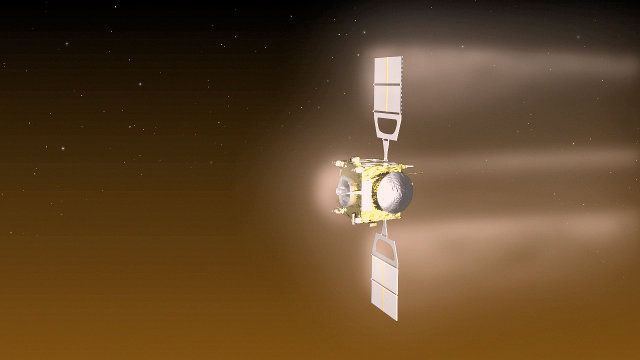
SpaceX announces its first mission to Mars in 2018
SpaceX announced plans to send its first commercial mission to the planet Mars as early as 2018. In Elon Musk’s company’s plans, the journey will be carried out automatically by the Red Dragon spacecraft, a variant of the Dragon 2. The Red Dragon will be launched atop a Falcon Heavy rocket, the version of SpaceX rocket with two additional boosters. NASA will provide technical support but will not fund the mission.





